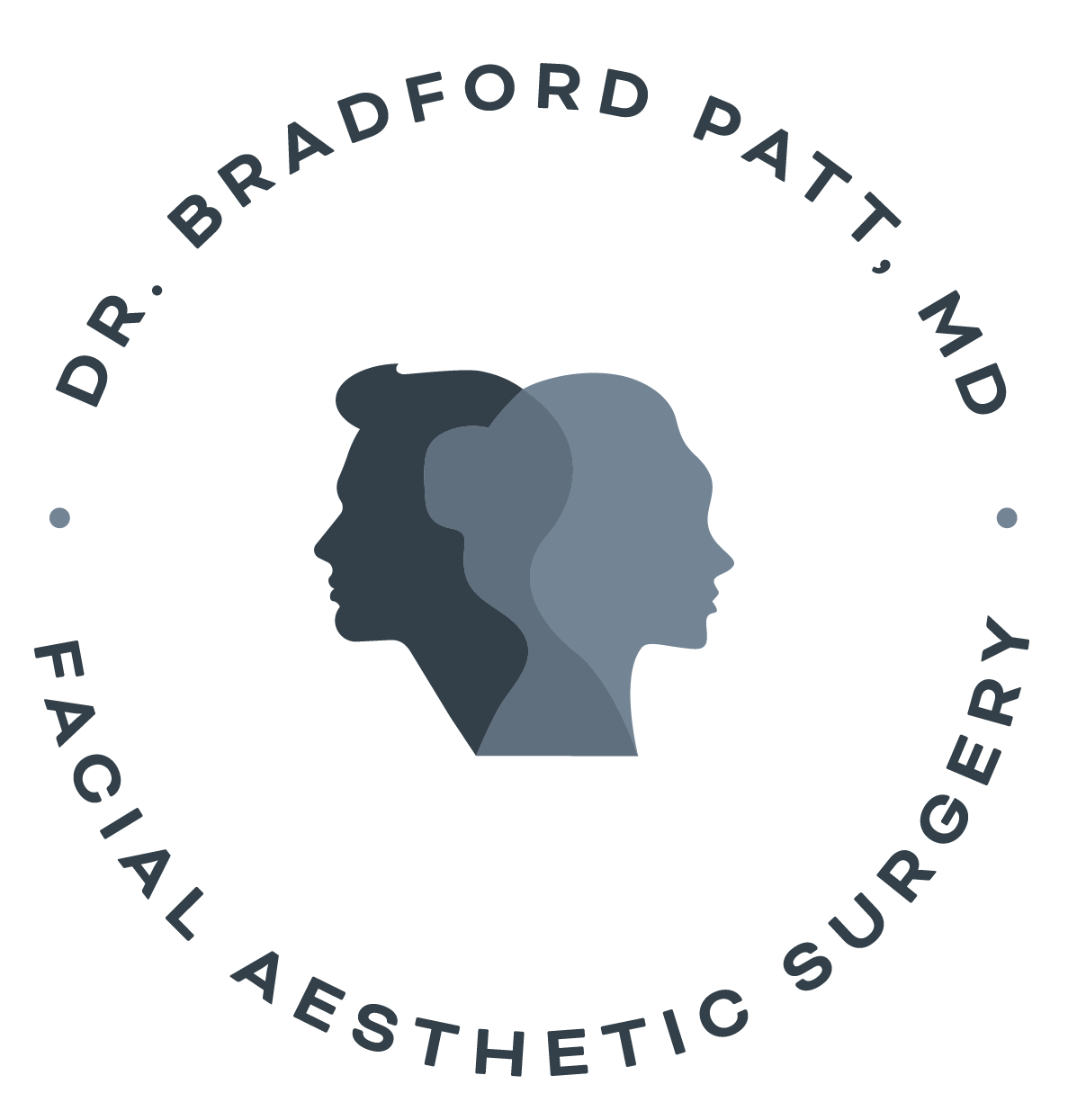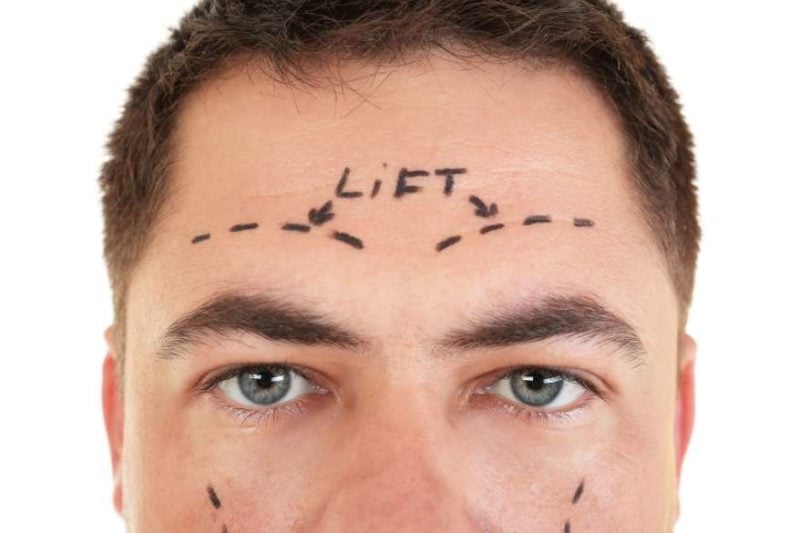A deviated septum is a condition that affects a part of the nose called the "septum." The septum is a structure in the nose that separates the left and right nostrils. A deviated septum exists when the septum is not exactly in the center, or midline, of the nose. This can cause difficult breathing, snoring, increased incidence of infection, sleep apnea, pain, nosebleeds and even loss of some ability to smell. Even though approximately 80% of people have a deviated septum, most are not aware of it because they do not experience severe symptoms.
For patients with symptoms that are not resolved by medications which reduce inflammation in the nose, surgery is an option. A procedure known as a septoplasty can re-position the septum in the center of the nose, thereby relieving the symptoms. Many times this procedure is performed in conjunction with a rhinoplasty.
Rhinoplasty is a procedure that is used to correct both functional and cosmetic deficiencies. It is one the most common cosmetic or reconstructive surgeries today. Rhinoplasty can correct both injuries to the nose and congenital conditions. The procedure that combines septoplasty and rhinoplasty is known as septorhinoplasty. The typical goals of septorhinoplasty are:
- To re-position the deviated septum
- Reduce snoring and sleep apnea
- Improve breathing by removing nasal blockages
- Increase the width of the nasal bridge
- Adjust the height of the nasal bridge
- Strengthen nostril cartilage
- Improve nasal projection
- Increase the breadth of the nasal base
- Balance the nose with existing facial features
- Enhance the profile of the nose
- Contour the tip of the nose
- Adjust the angle between the nose and the mouth
- Enhance the shape of the nostrils
- Adjust any asymmetry or deviation
What is the procedure for a septorhinoplasty?
Septorhinoplasty is typically an outpatient procedure performed at a surgery center under general anesthesia. The procedure lasts approximately three hours. Small incisions are made inside the nose and occasionally an incision is made in the area of skin that separates the nostrils. This gives the surgeon access to remove or re-position obstructions, particularly the septum. The surgeon will also reshape the nose in the agreed upon manner and then close the incisions.
Some bruising and swelling of the affected area is normal and will reduce over the next several days. It's likely that some internal and external support, such as splints or casts, will be necessary for about a week. While the nose will continue to heal for the next year or so, most bruising and swelling will be resolved within two weeks. Some minor swelling may last a bit longer, but will be appreciably reduced within the first month after surgery.
If you are in the Houston area, have any of the difficulties listed above and are physically healthy, you are most likely an appropriate candidate for the best septorhinoplasty or rhinoplasty Houston can offer. Dr. Patt is experienced with corrective and cosmetic surgery, and can help you determine if septorhinoplasty is right for you. Age can be a consideration since it is necessary for the patient to be fully grown. Also, it is important to have reasonable expectations and thorough discussions with Dr. Patt about the results that will be achieved. Contact our office today for a consultation.





